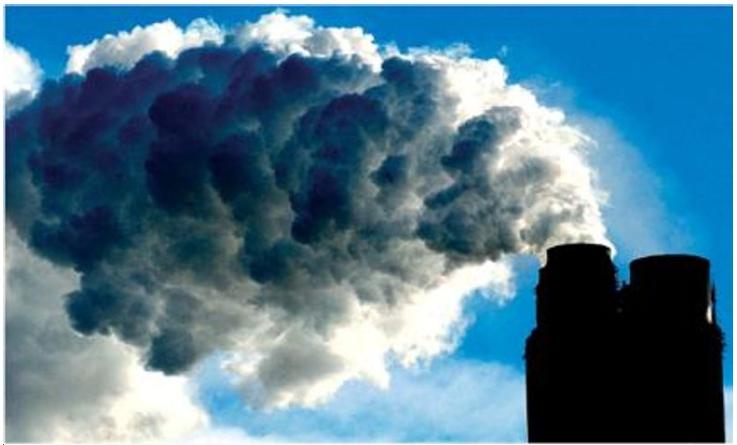Hay fever in the Advent season, significant increase in TBE cases: The mild temperatures leave their mark. Even the spread of tropical diseases is feared.
The message is clear. In its world climate report, the United Nations Climate Council (UN) warned more clearly than ever before of the consequences of the greenhouse effect. By 2100, according to the most likely scenario today, the global average temperature will rise by 1.8 to four degrees – but only if the carbon dioxide emissions do not rise further than expected. Otherwise the thermometer could show an average of six degrees more. In a few decades, the Arctic Ocean is expected to be ice-free in summer. Droughts and hurricanes and a dramatic rise in sea level – the UN forecasts correspond to a horror scenario. While the “anthropogenic greenhouse effect” was assessed much more cautiously in the first climate report in 1990, the experts now have no doubt: it is man who is to blame for climate change.
Global warming has several consequences for Germany. Summers become drier, winters milder and more rainy. Rising sea levels can pose a threat to islands and coastal cities. An increase in storms and floods is also forecast. “However, this is still partly the subject of research,” says Dr. Annette Kirk from the Max Planck Institute for Meteorology, Hamburg.
Extreme weather situations are linked to health risks. High temperatures, for example, put a strain on the cardiovascular system and, not least, can be dangerous for older people and children if they do not drink enough fluids. In the “hot summer” of 2003, several thousand people fell victim to the high temperatures, especially in southern Europe. An increase in such hot periods is also expected for Germany as part of global warming. “If preparation is poor, it can become a risk,” says Dr. rer. nat. Klaus Bucher, medical meteorologist at the German Weather Service (DWD). Therefore, the DWD has launched a “heat warning service”. Comparable to storm warnings, reports on radio and television should be made public. The warnings are not only aimed at the public, but also at the responsible institutions in the federal states. Hospitals and nursing homes in particular should take measures in good time in the future.
Higher temperatures are not life-threatening for allergy sufferers, but can become a nuisance. Last year the mild autumn weather messed up the flora. Already in mid-December, the DWD warned of hazel and alder pollen in its pollen forecast. It is therefore quite conceivable that the suffering of allergy sufferers will be extended to a year if mild winters become the norm. In addition, Bucher predicts, neophytes, plants that have recently settled in Germany, must be expected to spread further. He thinks primarily of the ragweed plant. The mugwort leaved ragweed (Ambrosia artemisiifolia) originally comes from North America and has now spread massively in many European countries, including Switzerland, Italy, France and Hungary. It is also on the rise in Germany. Ambrosia pollen and skin contact with the plant can trigger violent allergies. A Swiss brochure states: “Only tear out flowering ambrosia with a fine dust mask and gloves.”
Mild temperatures not only have an impact on plants, but also on the animal world. The increase in disease carriers is relevant for health care. These include ticks. You have clearly benefited from the mild winters of recent years. As a result, the frequency of early summer meningo-encephalitis (TBE) increased significantly. According to the Robert Koch Institute (RKI), the number of TBE cases reported in Germany rose to 541 last year (2004: 274). The RKI also shows an upward trend in Lyme disease.

